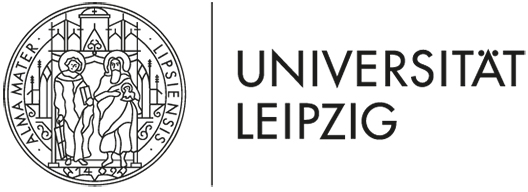A. Wodarz: Functional analysis of the LIM domain protein Smallish in regulation of actomyosin contractility and junctional dynamics at the ZA

Principal investigator
Prof. Dr. Andreas Wodarz
Universität zu Köln
Institut I für Anatomie / AG Molekulare Zellbiologie
Joseph-Stelzmann-Straße 9
50937 Köln
Tel: +49 (0)6221-56-4675 (office)
andreas.wodarz(at)uk-koeln.de

SPP funded collaborator
Patrizia Kroll
Universität zu Köln
Institut I für Anatomie / AG Molekulare Zellbiologie
Joseph-Stelzmann-Straße 9
50937 Köln
Tel: +49 (0)221-478-32278 (office)
patrizia.kroll(at)uk-koeln.de
Summary
During morphogenesis, cells have to change their shape and have to rearrange their intercellular junctions to allow for instance the formation of furrows and tubes or the elongation of a tissue. The mechanical driving force for such shape changes and cell rearrangements is the contraction of the cortical actomyosin network, which is intimately connected to adherens junctions. We study the regulation of these processes in the model organism Drosophila.
Cell polarity is an important prerequisite for cell shape changes and tissue reorganization. One of the key regulators of cell polarity is the protein Bazooka/Par3, a core component of the so-called Par/aPKC complex. By protein interaction studies we identified the adherens-junction-associated protein Smallish (Smash) as a binding partner of Baz. In smash loss-of-function mutant animals, morphogenesis is severely compromised, apparently due to misregulation of actomyosin contractility. Actomyosin cables in the mutants appear to be under reduced tension, while overexpression of Smash causes apical constriction of epithelial cells, presumably because of increased tension of actomyosin in the apical junctional region of the cells. In the project funded by SPP 1782, we further investigate the function of Smash in regulation of actomyosin contractility using a variety of methods including in vivo GFP tagging of Smash followed by live imaging, analysis of the protein interactome of Smash by BioID labeling, genetic experiments to place Smash in the hierarchy of actomyosin regulators and kinase assays to study the interaction of Smash with Rho kinase.
Expertise
We utilize a broad range of methods, including state-of-the art confocal imaging, genome engineering, protein interaction assays and classical genetic techniques.


